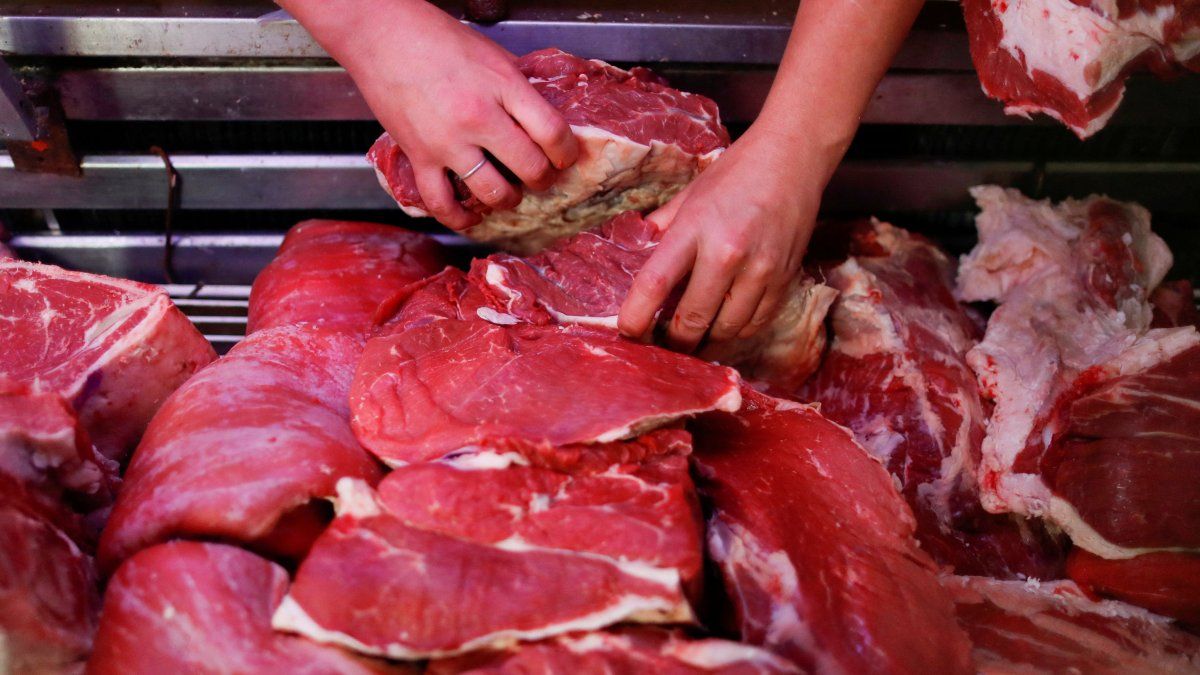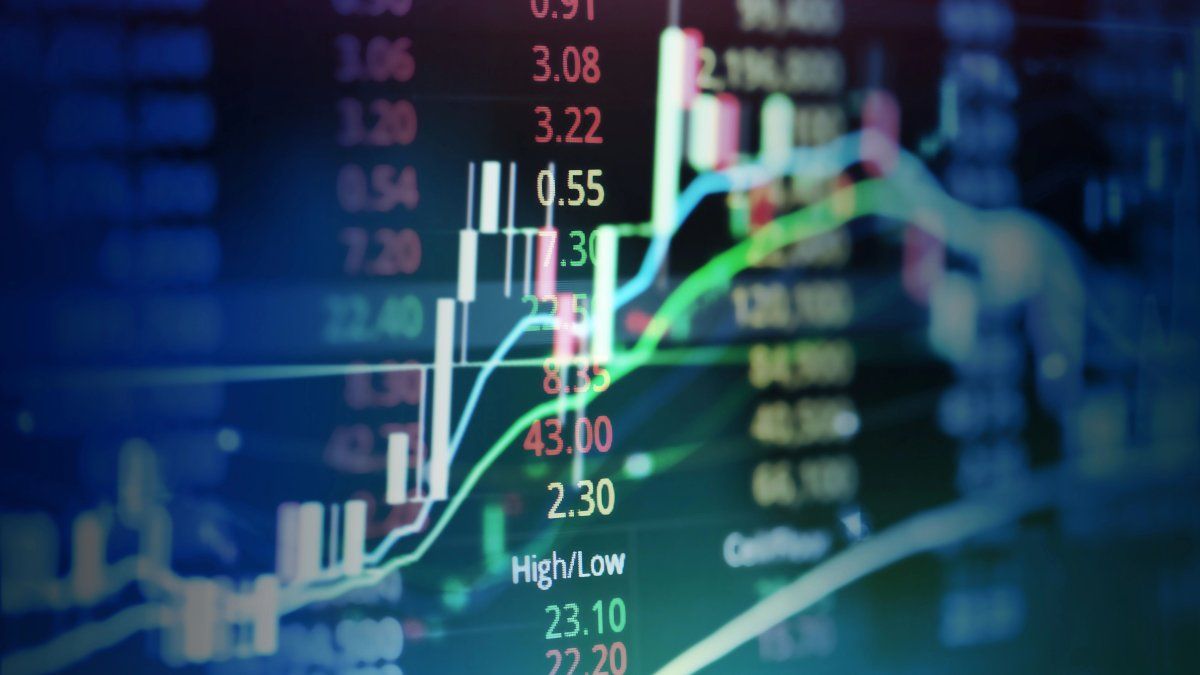The price of beef could rise again in the coming weeks. This is anticipated by the business chambers that represent slaughterers and meatpackers, in a context of rebound in domestic demand, lower supply of livestock and rising production costs.
According to the Institute for the Promotion of Argentine Beef (IPCVA), the average value was $12,357 per kilo in Septemberwith a monthly increase of 1.8% and a year-on-year increase of 58.4%. But both suppliers and industrialists in the sector assure that prices have not yet fully reflected the movement of the Cañuelas farm market.
The head of the Argentine Chamber of Matarifes and Suppliers (CAMyA), Leonardo Raphaelconfirmed to Scope that “for almost a month there has been a weekly increase in the Treasury Market.” “There were two important increases that have not yet been fully reflected. “Between this week and next week, the farm’s prices will be validated at the counter,” he stated. According to Raphael, the average beef increased between $400 and $500 per kilo since last month”, therefore these increases have already begun to be transferred to retail prices.
The leader of the meat sector assured that the increase responds to a combination of factors: lower supply, export pressure and higher costs. When asked about this issue, he pointed out that “it is not that there were more sales, because demand remains stable both in domestic consumption and in exports; but since there is little available land, prices tend to rise.”
Furthermore, he warned that The exporting meat processing plants “began to put pressure on the consumer bull” due to the lack of heavy animals for export. This, according to his vision, generates competition that raises the values of the light farm, which is what usually ends up in the butcher shops.
meat.jpg
Argentina exports quality meat to the United States, despite the fact that that country is one of the main exporters in the world.
The president of the Chamber of Meat Industry and Commerce (CICCRA), Miguel Schiaritiagreed that the market could experience a new price rise in the short term. In dialogue with Scopepointed out that “it is possible that before a month there will be an increase in the market, as a result of the slight increase in consumption and the improvement in the input/product equation (feed-price) of live cattle, which today is positive.”
According to the leader, feedlots operate profitably, something that did not happen last year, and this is driving the pace of marketing and injecting more meat into the market compared to 2024.
From damage to the recovery of livestock stock
To begin to explain why we have reached the point where a slight recovery in domestic consumption is suffocating current supply, we must remember that the 2023 drought left the country with fewer cows (-2.5%) and fewer calves (150,000), which reduced meat production and distorted the market. Although there is a partial recomposition, because livestock producers are reinvesting and trying to promote a scenario of farm retention to increase the stock of the national herd, it is clear that there is still a long time to recover the lost livestock base.
They not only had to face inclement weather, but also the destructive and interventionist policies of those who pushed producers to burst the beef stock with the sole premise of injecting meat into the domestic market to lower the price, without measuring the consequences. What we see today is also part of those political decisions without productive support.
In this sense, Rafael pointed out the lack of long-term livestock policies to increase production and highlighted: “For years there has been no serious work to generate more head of cattle or improve slaughter weight.”. We have lost almost two million head due to drought and bad decisions. If supply is not improved, prices will continue to rise.”
Meat consumption rebounds, but with risks
Different analysts and sources consulted by Scope they assure that the price of meat will remain firm or continue to increase slightlybecause production is not enough to supply exports and domestic consumption. It is likely that price behavior will not be one of ups and downs as seen last year, but rather an upward trend, the keys to which are focused on a scarce supply and a demand that (fortunately) continues to grow.
In total, Meat consumption would be around 113 kilos per inhabitant in 2025, 3% more than in 2024. This rebound in consumption (of all meats) could slow down if counter prices skyrocket. The problem is not demand, but production, therefore, if conditions are not created to increase supply, the market will once again show some tension that will be reflected in a new increase in prices on the shelf.
Source: Ambito




